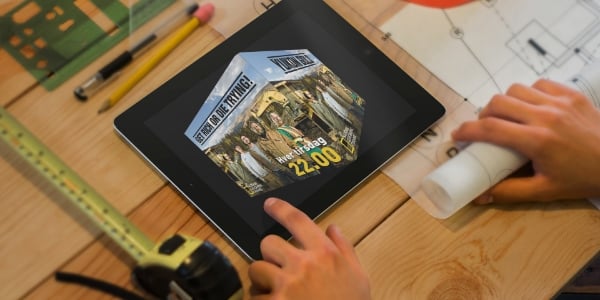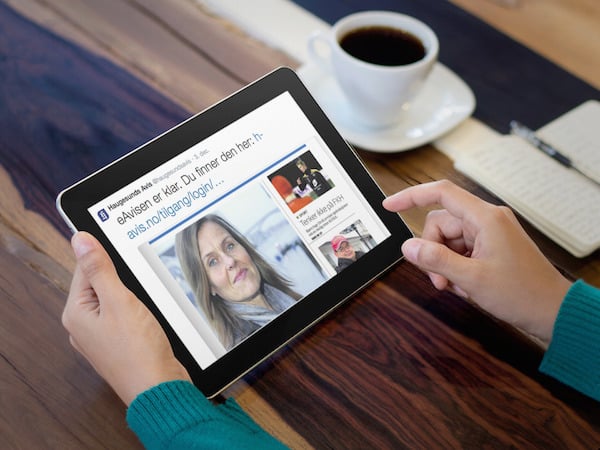At Visiolink, we fully understand that digital e-papers are not the primary source of income for many news publishers. At the moment, an e-paper is doing remarkably well if it has even 10% of the printed newspaper’s circulation. However our data shows that certain e-papers in Europe are dangling at around 3% of the circulation of their respective printed newspaper.
This might not seem as much, but in terms of revenue it makes a substantial difference, and it tells us that some news publishers are not taking full advantage of their digital potential. With a higher e-paper penetration comes more digital readers, and with more readers comes the possibility for higher and new ad revenues – revenues that can be used to invest further in digital solutions, and thereby assist in securing the future of the newspaper or magazine.

It is no secret that it is becoming increasingly harder to maintain a profit on printed media. In Denmark a new tax law has just been implemented, and it meant that Bonnier had to fire 19 employees and close down the printed version of their popular men’s magazine M!, reported MediaWatch on 21.05.2015. However the magazine will continue to run in a purely digital version.
Even though this is a very local example, printed media is facing several other problems. With the drop in printed media circulation, companies are taking their ad money elsewhere. This in turn causes other companies to stray away from the printed media, continuing the downward spiral.
Another example is new technology and the availability of content. For the news industry, one of the main problems is that the internet is drenched in free content. Just look at social media, where anyone can post any story and it can potentially be viewed by millions.
Based on the above, it can be argued that there is a need for transformation in the industry.
The advantages of an e-paper
Younger readers consume news very differently than traditional newspaper readers, and unless the media houses are able to keep up with the change, they are facing some even tougher times.
A couple of very important questions with regard to the news industry are:
- How do media houses attract the new generation of news consumers?
- How do they transfer traditional newspaper readers onto the digital platform?
News publishers need a media that can appeal to their current and future consumers alike.
Whereas most newspaper readers in Denmark today prefer an authentic e-paper that looks just like the printed newspaper, there is evidence that the younger generation of news consumers is moving away from the traditional layout. Instead they prefer a more dynamic view, adapted to digital platforms such as the tablet or the smart phone.
Source: Visiolink Report – E-paper 2.0

We believe the features of the e-paper can assist media publishers with the conversion of readers to the digital format. A few of the advantages that an e-paper holds over a printed newspaper are listed below:
- It is available anywhere – you can even download an e-paper and access it while offline.
- There are different viewing options, catering to different preferences.
- The morning edition of a newspaper often comes out digitally the night before.
- Many media companies are publishing digital-only editions of their newspaper on days that are otherwise newspaper-less, such as weekends and holidays.
- It offers new digital advertising options.
New ad revenues
Interstitials as an ad format is something we have previously discussed, here on our digital publishing blog. These full-page, often interactive and clickable ads are inserted between the pages of a digital newspaper, and they are very popular with advertisers and readers alike.
In a user survey conducted in 2014, we found that the interstitial format is the most effective way of achieving a high click-through rate (CTR), and the numbers are backed by the data we receive from Google Analytics. In 2015 the trend continues, and interstitials continue to generate the highest CTR among the different forms of advertising in e-papers.
The fact that they are often interactive means that they engage and stimulate readers, and that is something that creates and nurtures brand loyalty.






